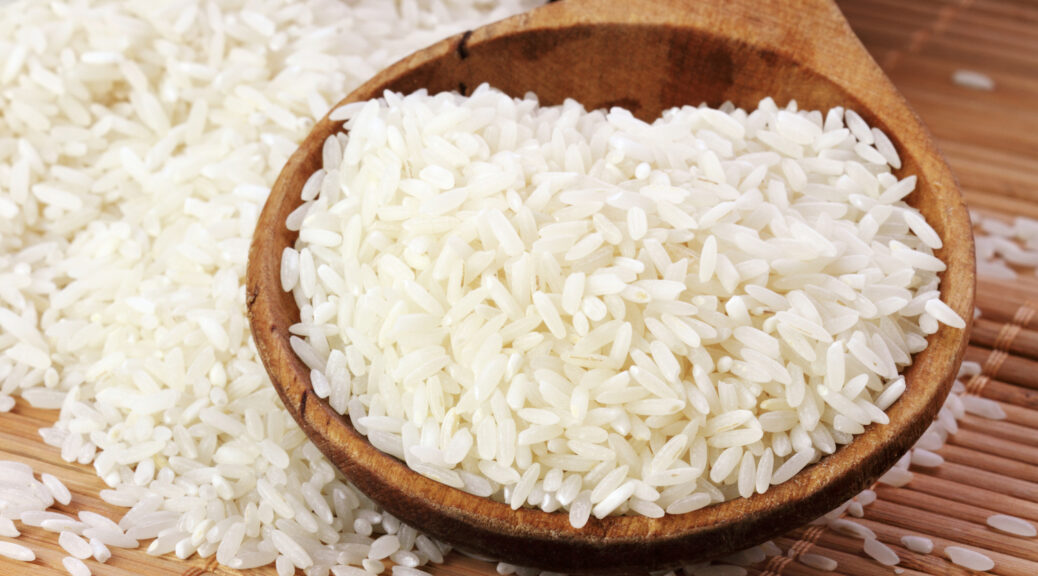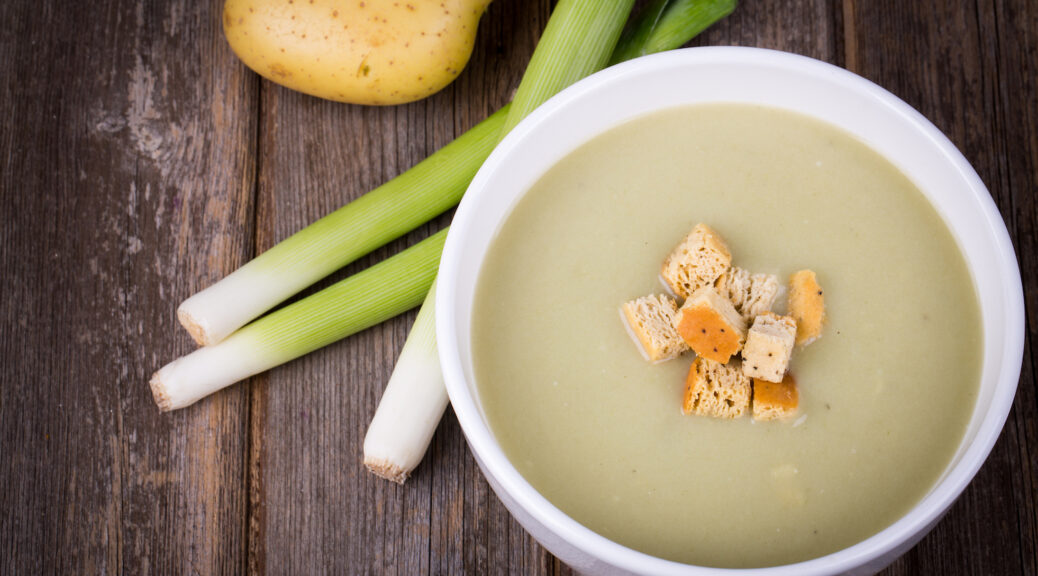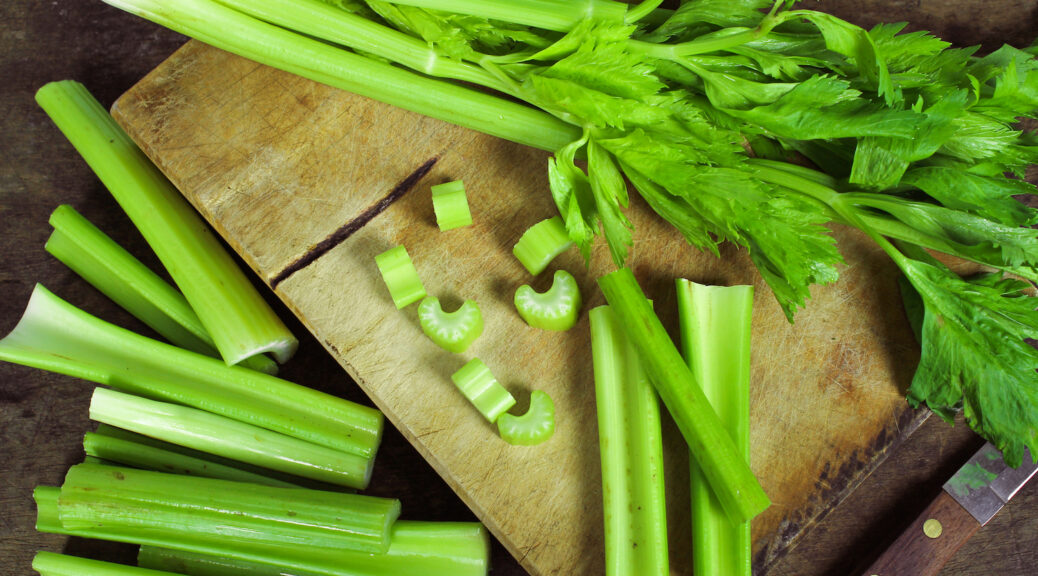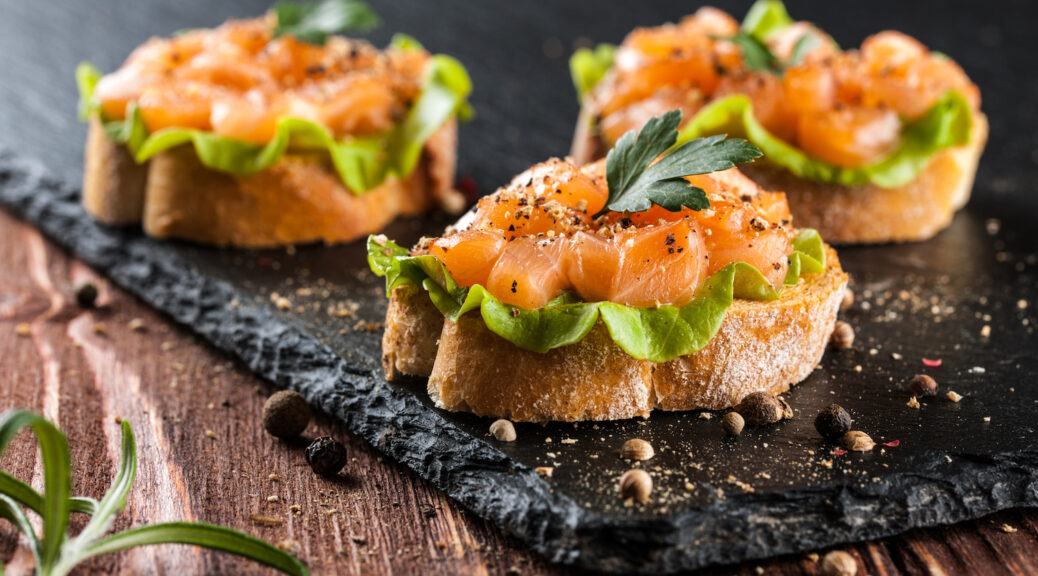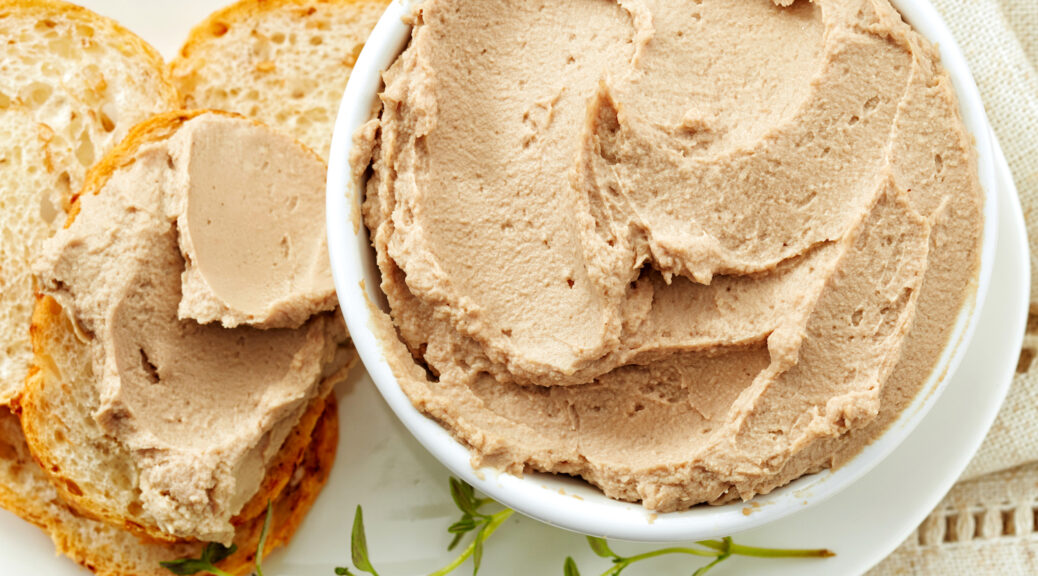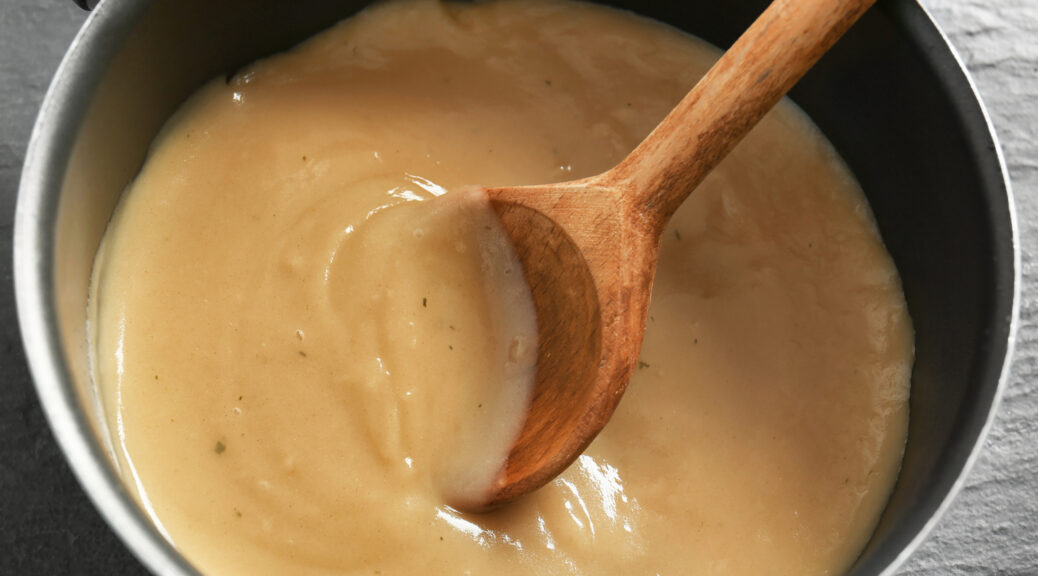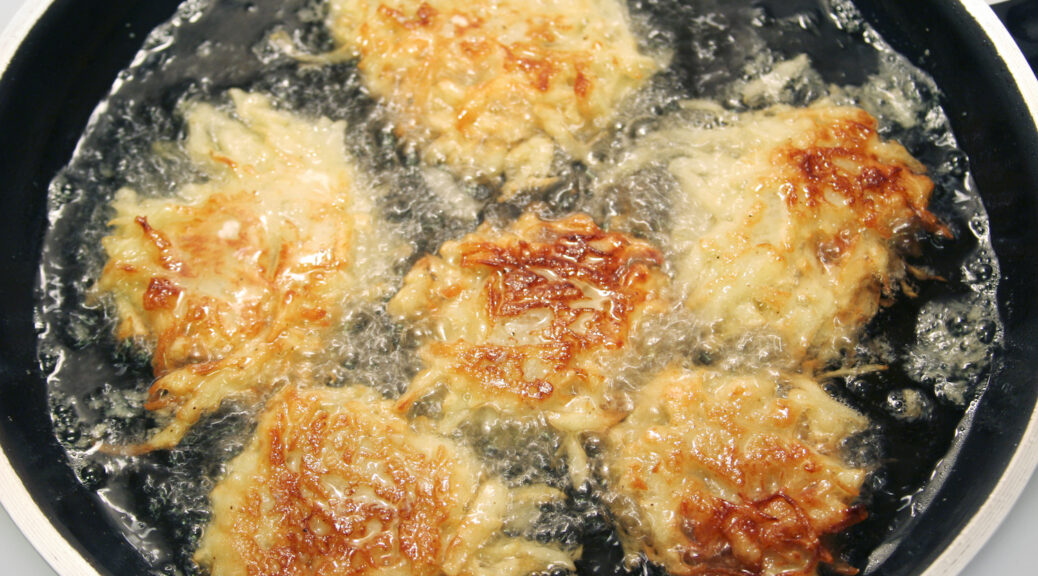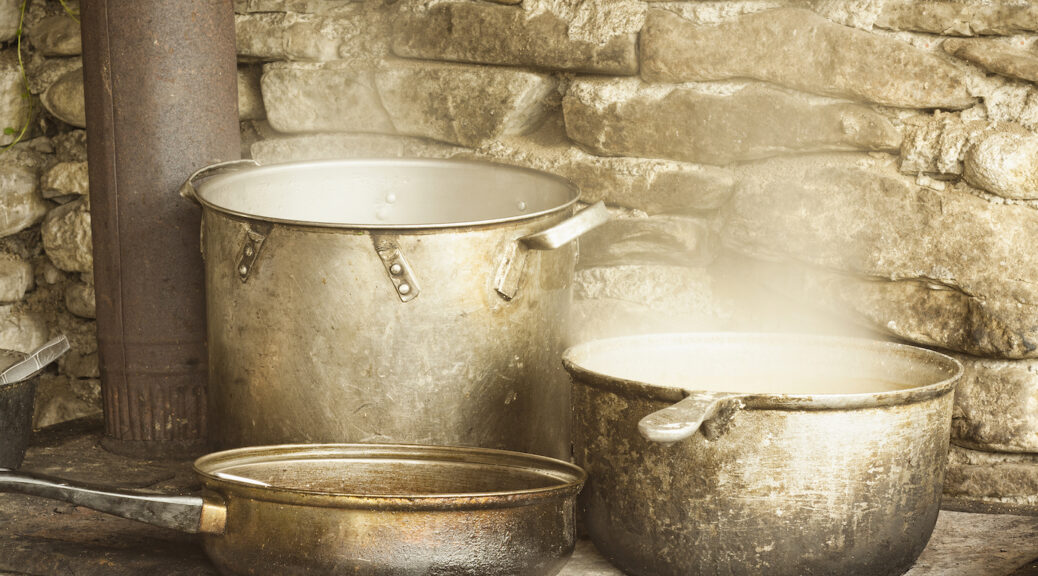How to Cook Rice, with Recipes
In the 1800s, rice was grown in the states of South Carolina, Georgia and Louisiana. Of course quick-cooking “minute” rice or packaged rice mixes weren’t available yet. Recipes below include Rice with Cheese, Rice with Cabbage and Cheese, Rice-Water, Rice Croquettes, Rice Soufflé, and Rice Milannaise. INFORMATION BELOW FROM 1800s COOKBOOKS TO BOIL RICE Wash half a pound of rice in water and drain it. Put it in a saucepan with one quart of broth taken from the top of the…
